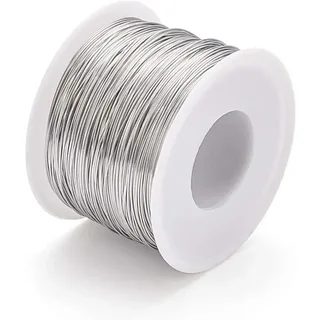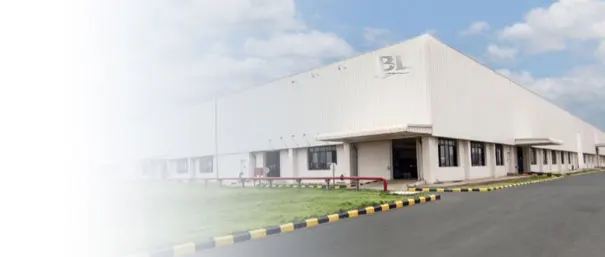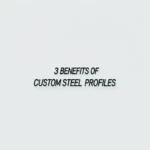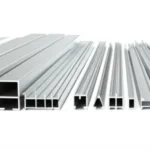Stainless steel welding wire plays a crucial role in the fabrication and repair of stainless steel structures and components. As a specialized consumable, it enables joints that maintain the corrosion resistance and mechanical properties that make stainless steel so valuable across industries.


## Composition and Types
Stainless steel welding wires are manufactured to match specific grades of stainless steel. Common varieties include:
– ER308/308L: For welding 304/304L austenitic stainless steel
– ER316/316L: Contains molybdenum for enhanced corrosion resistance
– ER309/309L: Used for dissimilar metal welding between stainless and carbon steels
– ER2209: Duplex stainless steel welding wire for high-strength applications
The “L” designation indicates low carbon content (typically below 0.03%), which helps prevent carbide precipitation and intergranular corrosion in welded joints.
## Applications
These specialized welding wires find applications across numerous industries:
– Chemical processing equipment
– Food and beverage manufacturing
– Pharmaceutical production facilities
– Oil and gas infrastructure
– Nuclear power generation
– Marine environments
– Architectural fabrication
## Selection Factors
Choosing the appropriate stainless steel welding wire requires consideration of:
1. Base metal composition
2. Service environment (temperature, chemicals, etc.)
3. Mechanical property requirements
4. Welding process (TIG, MIG, SAW)
5. Regulatory compliance needs
## Quality Considerations
High-quality stainless steel welding wire should exhibit:
– Consistent chemical composition
– Smooth feeding characteristics
– Clean surface finish free from contaminants
– Proper packaging to prevent moisture absorption
– Traceability through lot numbering and certification
Industry leaders continue to innovate in this field, developing specialized formulations for challenging environments and advancing manufacturing techniques that enhance weld quality and performance.

Stainless Steel Welding Wire: An Essential Component in Modern Fabrication — This article provides a practical buyer‑focused overview with specifications, selection tips, and on‑site considerations. Explore related topics: blog.
Key Specifications and Standards
- Standards: ASTM / EN / JIS (e.g., ASTM A240/A36, EN 10088/10025, JIS G4304/G3131).
- Surface options: 2B, BA, No.4, HL, mirror; galvanized (electro / hot‑dip).
- Processing: hot‑rolled, cold‑rolled, annealed & pickled, welded or seamless.
- Typical services: slitting, shearing, cut‑to‑length, drilling, beveling, deburring.
- Documentation: MTC, CO, packing list with net/gross weight and heat numbers.
Typical Applications
Construction, machinery, automotive, energy, enclosures and fencing, food equipment (for stainless), and general fabrication. Match grade and finish to corrosion, strength, and appearance requirements.
Selection Guide
- Use certified material with Mill Test Certificate (MTC).
- Confirm standards (ASTM/EN/JIS) and tolerances per drawing.
- Match surface finish to application (2B/BA/No.4/galvanized).
- Specify dimensions and acceptable deviation upfront.
- Plan packaging and corrosion protection for transit.
Processing, Packaging and Logistics
We adopt edge protection, waterproof wrapping, rust‑inhibiting paper, fumigated pallets, and strapping suitable for sea freight. Loading photos and weight lists are provided for each shipment.
FAQs
Q: What lead time can I expect?
A: Typically 7–15 days ex‑works for standard sizes; custom processing may extend the schedule.
Q: Can you provide cut‑to‑size service?
A: Yes. We slit, shear, cut, drill, bevel and deburr to drawing to reduce waste and speed installation.
Q: How do you ensure quality?
A: Incoming inspection, process control, and final inspection with traceable heat numbers; third‑party inspection is available.
Q: Do you support small trial orders?
A: We support pilot quantities with consolidated shipping to control cost.
All values are typical and for guidance only; confirm with the datasheet and purchase order before production.
Related products: view details.
Related products: view details.




